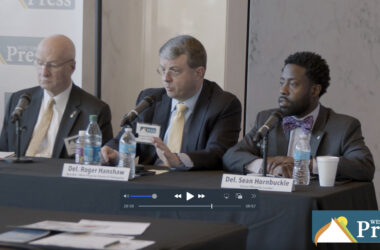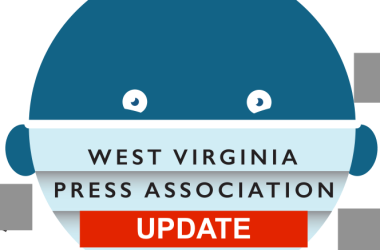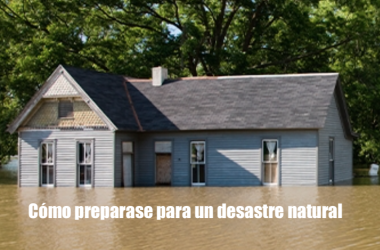VIENNA, W.Va. — Samples taken from Vienna’s water supplies in May and December showed an increase in the amount of C8 in the city’s water supply.
During Thursday’s meeting of the Vienna City Council, Mayor Randy Rapp said the results came from samples taken in May and December and they showed a level of .102 parts per billion.
“The numbers in test put the amount of C8 above the .1 parts per billion index,” Rapp said. “These are numbers, that when you compare them to federal guidelines, they are .4 parts per billion. While we are only 25 percent of the federal standard they do bring attention to the fact that those numbers are above .1,” he said.
As a result more specific tests will be made of the water supply with samples taken from each of the city’s nine wells, rather than just testing a well field. Rapp said the city will pay for the test for February which will cost the city $3,000 and then the EPA will pay for a test in March.
Rapp said he spoke with Harry Deitzler, the attorney who represented the plaintiffs in the original C8 case and discussed the numbers, and then began to research how the city would be impacted by the chemical. He also met with the Parkersburg Utility Board and city officials in Belpre concerning their water treatment.
“Parkersburg has a totally different treatment system from us; all the wells feed into one place for treatment and Belpre has five wells in one area and they use a carbon filter before distribution,” Rapp said.
There is not enough data to get an accurate picture of the situation, Rapp said.
“What we will do is we will do a monthly sampling of our wells; even though our level is significantly lower than the legal standard we want a picture of where we are,” he said. “Our first set was taken today and we should have results back in a week and we are going to measure the trend.”
Rapp said the sampling will continue for as long as necessary.
“We have the ability to isolate any well that would have a higher reading,” he said. “We can identify the well with the higher reading and still have enough water for the city.”
Updating the system to be like Parkersburg or Belpre would be expensive, so Rapp said the best thing would be to increase the interconnection with the Parkersburg system to better filter Vienna’s water.
“We have developed two different areas; the first is near Home Depot,” he said. “The manifold is near the Masonic Home road and is still there and we are looking into the cost of reconnecting the two.”
Vienna’s water would add about four million gallons of water to the eight million gallons Parkersburg processes.
“Our other option is to connect to the 10-inch water main behind the Grand Central Mall and tie back into the main treatment plant for Parkersburg,” he said. “Long range that appears to be the best plan for us because we can connect water wells that are there back to them and put the system together.”
Rapp said the city will continue testing the well fields and at the same time look for long- and short-term fixes for the situation.
Deitzler said he was pleased with the action Vienna officials have taken in addressing the problem.
“It is so different than what we see in other places,” he said. “What happened in Hoosick Falls, New York where they tried to cover it up and the mess they had.”
In light of the results, Deitzler said he thinks Vienna will be helped.
“In our settlement for Lubeck and others, DuPont agreed to clean the water through carbon filtering,” he said. “I think they will do it for Vienna too; it would shock me if they wouldn’t because we had the same thing.”
Deitzler brought Rob Billott, an environmental attorney with Taft Stettinius and Hollister, to the meeting. Billott was the first attorney contacted by people in the Lubeck area concerning the chemical. Billott said the city should be commended for the steps it is taking.
“It’s great to see a community doing this and doing it quickly,” he said. “The data and all the information on this changes rapidly and there have been some very recent changes in EPA guidelines.”
Billott said the EPA has not issued a standard but in 2009 issued a short-term exposure guideline.
“The EPA has never come out with a number for what would be a long-term exposure if you have been drinking the water for months or years,” he said. “They have been working on that for many years, but they have not come out with a guideline for long-term exposures yet.”
Recently, he said, the EPA has changed its guideline from 0.4 ppb to 0.1 ppb.
“They have advised in New York if their water exceeds .1 ppb they should use bottled water,” he said. “That’s why it’s important the city is taking a look at this as quickly as they are.”
Rapp said numbers from the tests will be made available to the public as soon as they get them.
To read more from the Parkersburg News and Sentinel, subscribe here.




